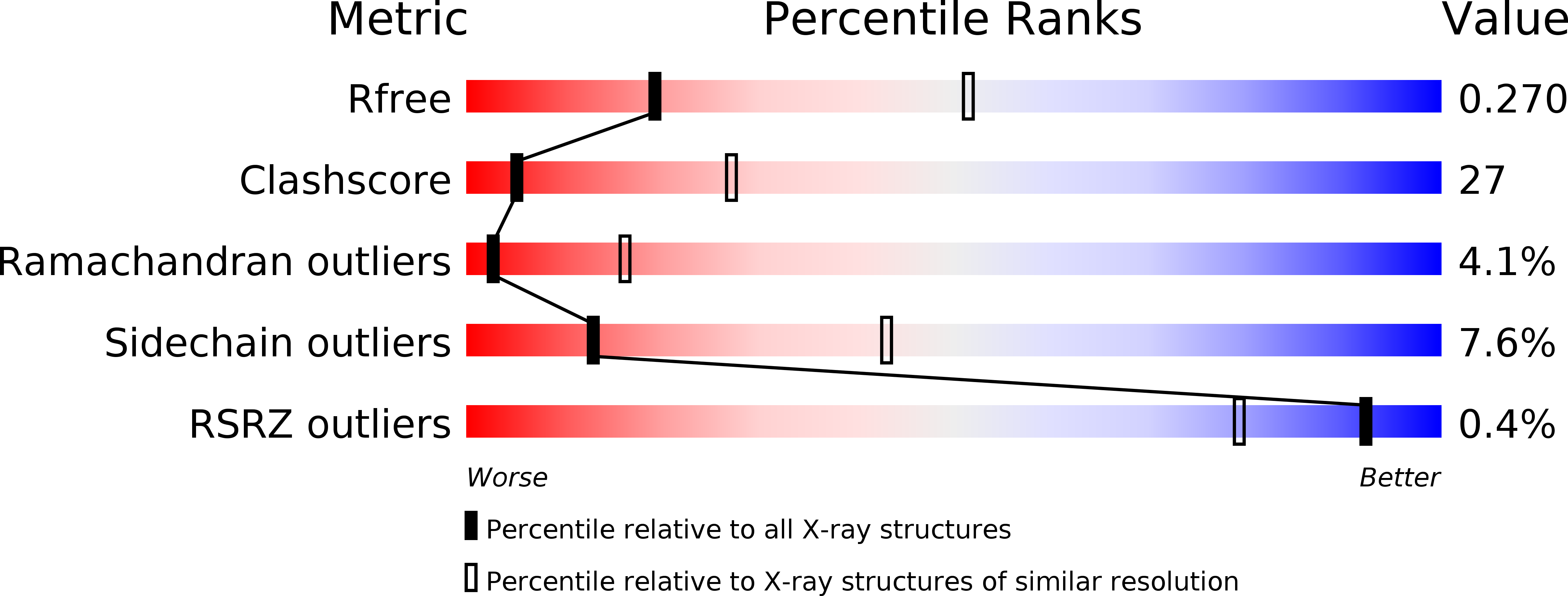
Deposition Date
2012-05-18
Release Date
2012-07-11
Last Version Date
2023-12-20
Entry Detail
PDB ID:
4AUO
Keywords:
Title:
Crystal structure of MMP-1(E200A) in complex with a triple-helical collagen peptide
Biological Source:
Source Organism:
HOMO SAPIENS (Taxon ID: 9606)
SYNTHETIC CONSTRUCT (Taxon ID: 32630)
SYNTHETIC CONSTRUCT (Taxon ID: 32630)
Host Organism:
Method Details:
Experimental Method:
Resolution:
3.00 Å
R-Value Free:
0.27
R-Value Work:
0.21
R-Value Observed:
0.21
Space Group:
P 1 2 1


